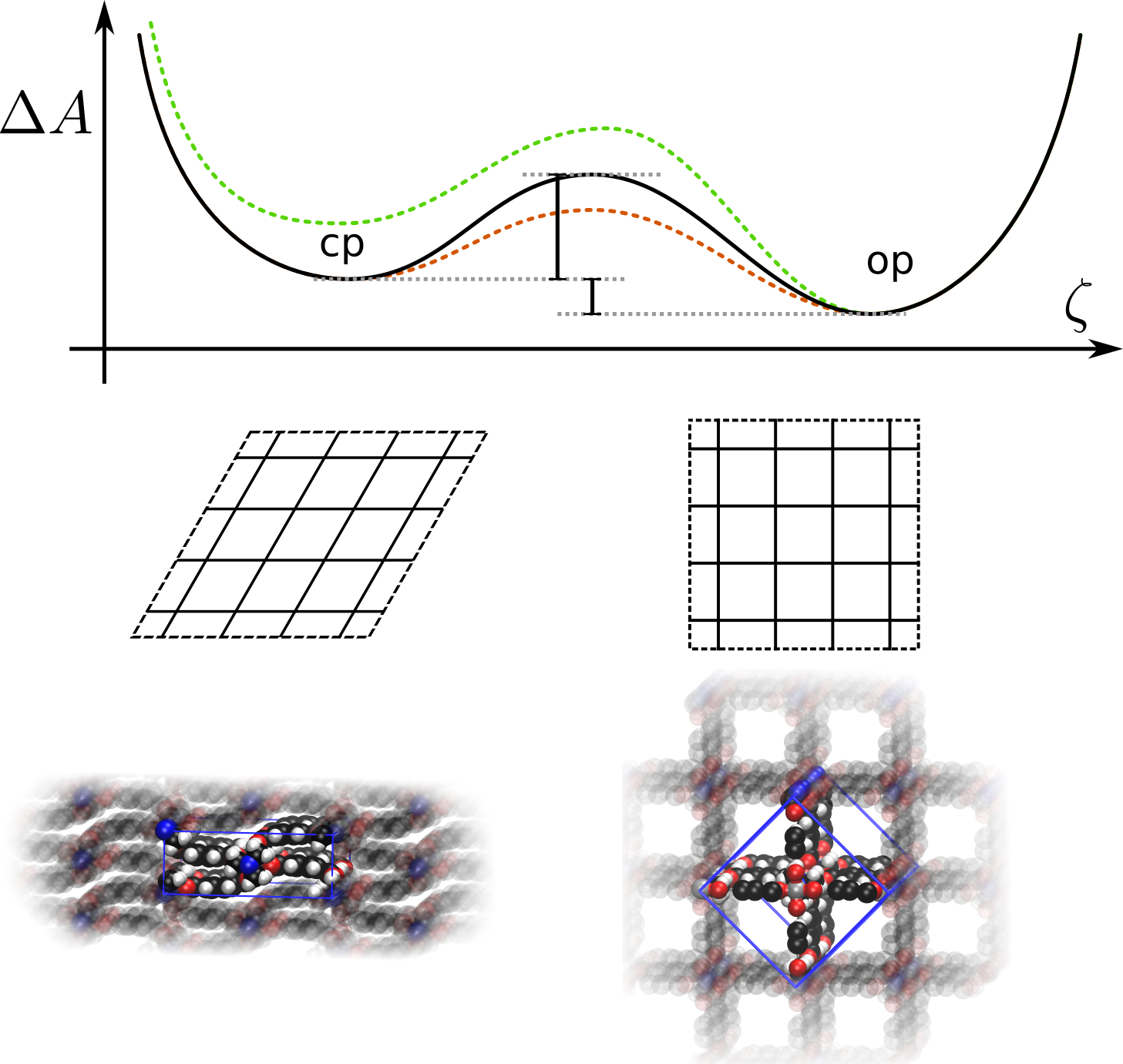Dr. Julian Keupp
During my PhD at the CMC group (2016-2020) I was involved in various different projects, all of them related to Metal Organic Frameworks (MOFs). I'm particularly interested in this materials class because of their potential regarding all kinds of adsorption applications (mof are usually highly porous and thus feature large surface areas) and their modular nature, which often allows for a rational design.
Structure Prediction
Modular Design allows for an elaborate in silico structure generation protocol, coined by the CMC group as Reverse Topological Approach (RTA).

Inherited from my Masters' thesis subject, I was involved in method development regarding various aspects of the RTA, I've developed topoFF, which is a pre-optimizer for blueprints to be used as input for the structure generation machinery. In order to get the overall machinery more user friendly and available also for non-experts, the CMC group initiated the MOF+ project, with the idea to combine all the relevant ingredients for MOF synthesis on the computer in one database and the aim to automate the process, given only the input ingredients. Apart from the general coding of the website, my main contribution here is the net database, which I parsed from the RCSR webpage, and computed all the net and vertex descriptors available on MOF+.
Flexible MOFs
Some MOFs can undergo a solid to solid phase transition when exposed to different physicochemical environments. These MOFs are called flexible MOF, and a subset of those is able to undergo the so called breathing phase transition.

Armed with the efficient, yet accurate MOF-FF force field, the general idea here is to calculate the phase transitions' thermodynamic properties to predict potential breathing in MOFs, as well as to contribute to the understanding of this kind of phase transition.


